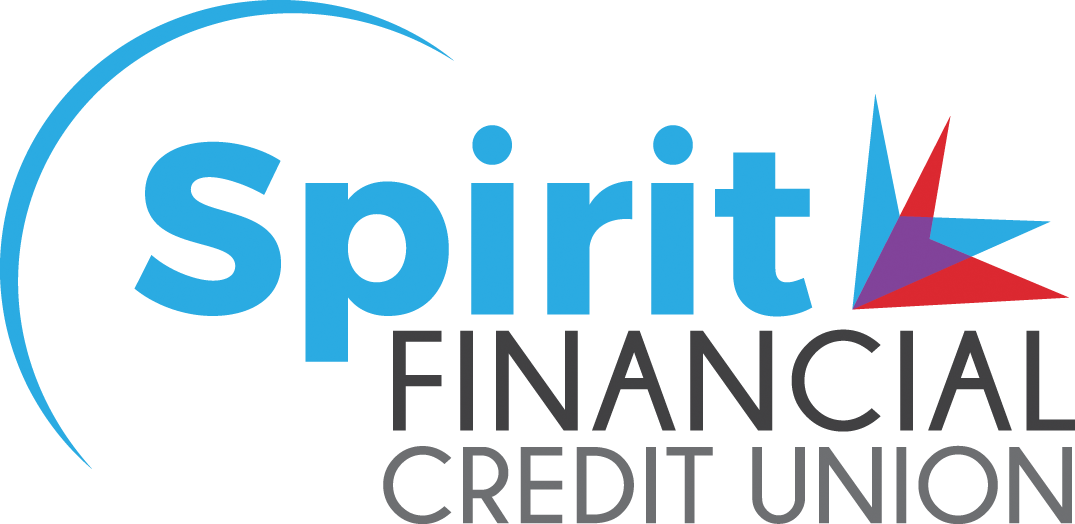A realistic budget starts with determining your monthly income and then calculating all of your monthly expenses. When determining income, use the amount you bring home after taxes and after any other deductions, such as child support, are taken out. Include all sources of income. When calculating expenses, put them into categories. Don’t record what you think you should be spending on items such as groceries, but what you actually are. With a little research through your statements, you may be surprised to see just how much you’re spending.
Fixed & Variable Expenses
Your fixed expenses will include your recurring monthly bills, including mortgage or rent, phone and utilities, insurance, car payment, savings/retirement, childcare, tuition, and gym memberships for example. These costs stay relatively the same and are easier to track. Your variable expenses may change from month to month. They include items such as groceries, gas, healthcare, clothing, dining out, entertainment, hobbies, haircuts, charitable giving, and vacations. To get a better idea of these costs, take a look at your bank and credit card statements. It’s also important to plan for emergency expenses, such as a car or home repair or health emergency.
While developing and sticking to a realistic budget can be stressful, getting a handle on your spending can help you live a more financially secure life. Be realistic with the numbers.
Setting budget percentages
Budget percentages can be a good way to guide you as to how much you should be spending on various items each month, giving you a more realistic budget to work with. The 50/30/20 rule is a simple way to budget that doesn’t involve a lot of detail and may work for some. That rule suggests you should spend 50% of your after-tax pay on needs, 30% on wants, and 20% on savings and paying off debt. While this may work for some, it’s often better to start with a more detailed categorizing of expenses to get a better handle on your spending. Categorizing also makes it easier to find ways to improve your budget.
Budget categories
· Housing Costs – Mortgage/rent, taxes, maintenance costs.
· Food – Groceries, eating out.
· Transportation – Car payments, gas, car maintenance and repair, registration, parking fees, E-Z pass cost, public transportation.
· Utilities – Electric, gas, water, sewer, trash collection, phone, internet, cable, streaming.
· Personal spending – Clothing, hair/salon, home goods, etc.
· Charitable Giving
· Savings – Retirement, emergency, and general savings.
· Entertainment – Activities, gym memberships, hobbies, vacations, subscriptions, etc.
· Healthcare – Copays, medications, doctors/dental visits.
· Insurance – Health insurance, car insurance, homeowners insurance, renters insurance, life insurance, etc.
· Miscellaneous – Any other monthly expenses, such as childcare or babysitter, pet care, organizational memberships, gifts.
· Other debt payments not included above.
Once you’ve tracked your spending in all of these categories, there’s a general rule of thumb regarding how much you should be spending in certain areas. It is a range, so keep in mind you can’t be on the higher end of the range in all categories or you will be over budget. It may give you a place to start when creating a budget and a better idea if you are overspending in certain areas. For instance, if your mortgage and insurance costs are on the higher end of the range, you’ll have to adjust other areas, such as entertainment, personal spending, and giving down.
Housing Costs – 25-30%
Food – 10-15%
Transportation – 10%
Utilities – 5-10%
Personal Spending – 5-10%
Charitable Giving – 5-10%
Saving – 10-20%
Entertainment 5-10%
Healthcare – 5-10%
Insurance 10-20%
Miscellaneous – 5-10%
Budgeting can help you avoid debt and achieve goals
Once you’ve created your budget; you need to track your spending each month to be sure you are sticking to it. Careful monitoring of your budget will mean the difference between success and failure. Tracking through a budgeting app, such as Mint, PocketGuard, or YNAB, might make it easier and more efficient to monitor your saving and spending. There’s nothing wrong with tracking on your own through excel or even using good ole fashioned pen and paper. Whatever works for you and keeps you on track in ensuring your monthly spending does not exceed your income is what you should use.
Read more helpful financial information and articles on the Spirit Financial Blog. New articles posted each month.



